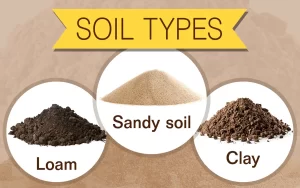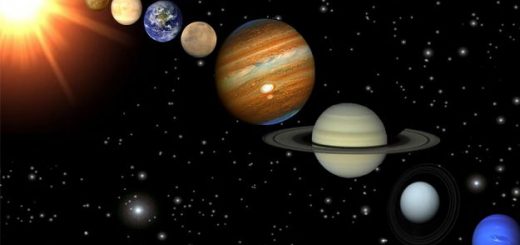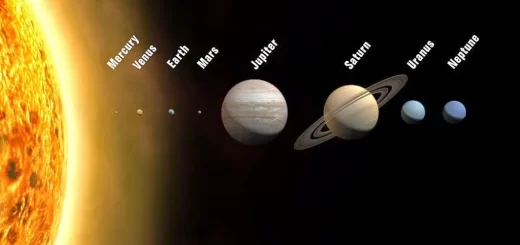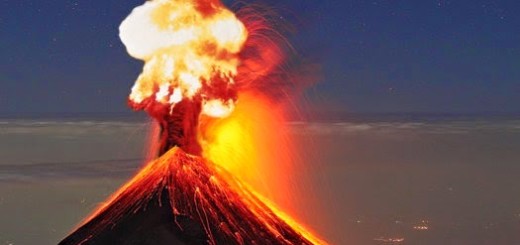What are properties and types of soils?
Sand soil is well-aerated soil that has low absorption of water, clay soil is poorly aerated soil that has a high absorption of water, and silt soil is moderated aerated soil that has moderate absorption of water.
Types of soils
There are many types of soil, but some of the most common ones can be classified into two main categories: mineral soils and organic soils. Mineral soils are formed from the weathering of rocks and minerals, while organic soils are formed from the decomposition of plant and animal matter.
The most common types of mineral soils and their properties
Sand: Sandy soil is composed of large particles that drain well and don’t hold much water. It is also low in nutrients and can be acidic. Sandy soil is easy to work with but can dry out quickly in hot weather. Sand feels gritty or coarse between your fingers. Sandy soil is well-draining and aerated, but it also tends to be low in nutrients and dries out quickly.
Clay: Clay soil is composed of very small particles that pack together tightly. Clay soil holds water well and is high in nutrients, but it can be difficult to work with and can become waterlogged. Clay soil is also slow to drain. Clay has the smallest particles of the three, and it feels sticky and plastic between your fingers. Clay soil holds moisture well, but it can also be difficult to work with and can become waterlogged.
Silt: Silt soil is composed of particles that are intermediate in size between sand and clay. Silt soil drains well and holds water moderately well. It is also moderately fertile. Silt particles are smaller than sand particles, but they are still large enough to feel smooth and floury between your fingers. Silt soil holds moisture well, but it can also be easily compacted.
Loam soil: It is a mixture of sand, silt, and clay. It is the most common type of soil and is considered to be the ideal soil for gardening because it has good drainage, aeration, and water-holding capacity, and it is also fertile.
Some common types of organic soils and their properties
Organic soils are formed from the decomposition of plant and animal matter. The most common type of organic soil is peat.
Peat: Peat soil is formed from the decomposition of mosses and other plants in waterlogged conditions. It is high in organic matter and holds water very well, but it is low in nutrients and can be acidic. Peat soil is often used as a soil amendment to improve the drainage and water-holding capacity of other soils.
Muck: Muck soil is similar to peat soil, but it is more decomposed and has a higher mineral content. Muck soil is more fertile than peat soil and can be used for growing plants.
In addition to the size of the particles, soil can also be classified by its color, which can give some clues about its fertility and drainage. For example, red soil is often low in nutrients and well-draining, while black soil is typically high in organic matter and fertile.
The type of soil in an area is determined by the underlying geology, climate, and vegetation. The properties of soil can affect what plants will grow well in an area. For example, sandy soil is good for drought-tolerant plants, while clay soil is good for plants that need a lot of water.
Properties of the soils
The particles of the sand soil are large, the particles of the silt soil are medium in size, and the particles of the clay soil are small in size.
The clay, silt, and sand soils are different in compactness, the particles of the clay soil are highly compacted (hard), The particles of the sand soil are weakly compacted (loose), and the particles of the silt soil are moderately compacted.
The sand soil is well-aerated soil, It has low absorption of the water, the clay soil is poorly aerated soil that has a high absorption of the water, And the silt soil is moderately aerated soil that has moderate absorption of the water.
The well-aerated soil has non-compacted particles and vice versa, The clay soil is poorly aerated as it has highly compacted particles.
The sand soil has the fastest and greatest drainage of the water and the lowest retention of the water. The clay soil has the slowest drainage of the water and the highest retention of the water.
The silt soil has medium drainage of the water and medium retention of the water, The silt soil is rich in humus so, it is highly fertile and, it is the most suitable soil for cultivation.
The clay soil is fertile, It has a medium amount of humus and the sand soil is less fertility as it is poor in humus.
You can follow Science Online on Youtube from this link: Science online
You can download Science online application on Google Play from this link: Science online Apps on Google Play




